Text
this is it. them. scaling is so frustrating tho.




5K notes
·
View notes
Photo
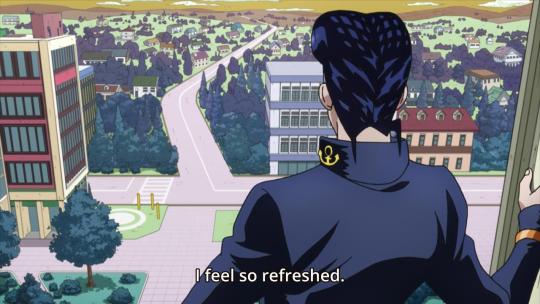


5K notes
·
View notes
Text
i always loved guizhongs lore and now the story of padisarahs from sumeru...
rukkhadevata looks amazing here ;)) the details are so cool! the henna and jewellery and outfit design aaa


Archons who mourned wilted flowers
#zhongli#greater lord rukkhadevata#Rukkhadevata#genshin impact#sumeru#morax#glaze lily#padisarah#butter's design is so pretty!!!
4K notes
·
View notes
Note
maybe try once more, my guy
you post super adorable art🥺, could we have some miss hina crumbs🥺👉🏼👈🏼



ever realize u never see gorou and miss hina in the same room?
#genshin impact#miss hina#kuki shinobu#gorou#arataki itto#badly drawn genshin is <3#shinobu trying to get her boss to use braincells practice time
444 notes
·
View notes
Text

Squad it’s four pm time for a group nap
#itto#arataki itto#paimon#xiao#perilous trail#genshin impact#genshin impact fanart#THE MOST ADORKABLE
2K notes
·
View notes
Photo

241K notes
·
View notes
Text

Memes that travel trough time 🤣🤣
7 notes
·
View notes
Photo
A heart warming read❤❤

Novae Chapter 9 - PG315
Current Update |: The Beginning |: Patreon Early Pages |: Gumroad
Thank you everyone for the favs and reblogs!! <3 <3
142 notes
·
View notes
Video
Waaaaaw😇😇
I’ve never seen more effective use of fantasy animation to promote tourism [x]
281K notes
·
View notes
Video
The correct way to face problems
WHAT
122K notes
·
View notes
Text
These demons need to be called for a pizza party when you grow up.. After all they protected you from themselves
Another shoutout to the demons and monsters that lived under your bed/in your closet and actually obeyed all the arbitrary rules you invented to keep yourself safe, like “if light is touching me at all I can’t be harmed” or “if I’m stepping on carpet I am untouchable” or “if I move my hand in a particular pattern while I walk, I’m off-limits during my voyage through the dark house to the bathroom”.
That was really considerate of them, especially given how biased in your favor those rules were.
111K notes
·
View notes
Text
What’s Up For August 2018?
The summer Perseids are here!
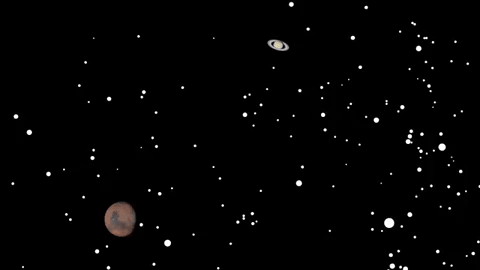
The Perseid meteor shower is the best of the year! It peaks on a Moonless summer night from 4 p.m. EST on August 12 until 4 a.m. EST on August 13.
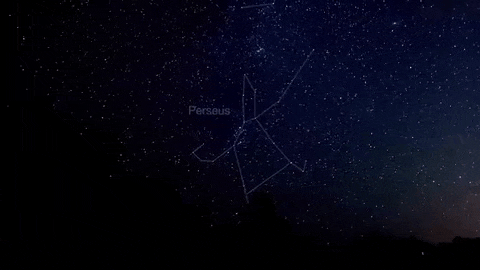
Because the new Moon falls near the peak night, the days before and after the peak will also provide nice, dark skies. Your best window of observation is from a few hours after twilight until dawn, on the days surrounding the peak.
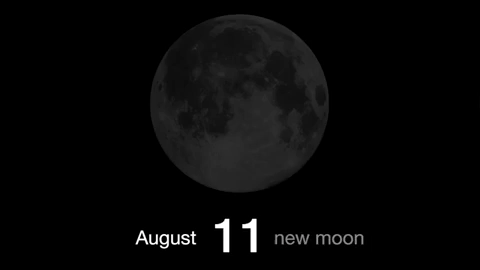
Unlike most meteor showers, which have a short peak of high meteor rates, the Perseids have a very broad peak, as Earth takes more than three weeks to plow through the wide trail of cometary dust from comet Swift-Tuttle.

The Perseids appear to radiate from the constellation Perseus, visible in the northern sky soon after sunset this time of year. Observers in mid-northern latitudes will have the best views.
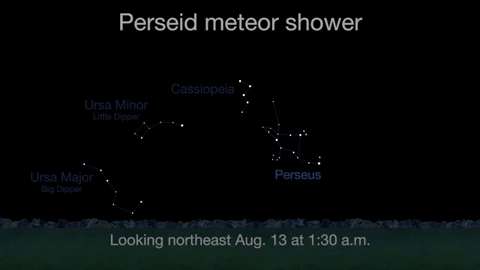
You should be able to see some meteors from July 17 to August 24, with the rates increasing during the weeks before August 12 and decreasing after August 13.
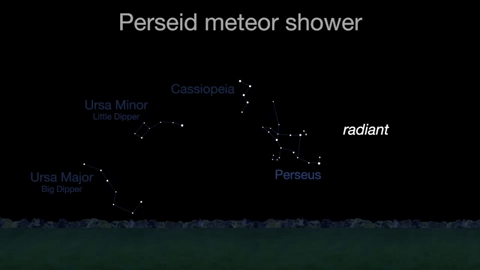
Observers should be able to see between 60 and 70 per hour at the peak. Remember, you don’t have to look directly at the constellation to see them. You can look anywhere you want to-even directly overhead.
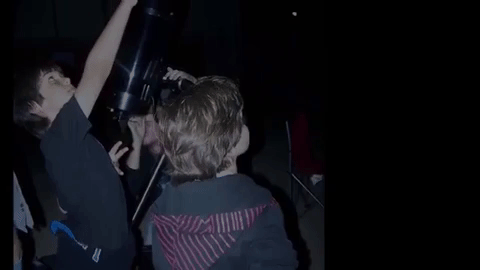
Meteor showers like the Perseids are caused by streams of meteoroids hitting Earth’s atmosphere. The particles were once part of their parent comet-or, in some cases, from an asteroid.
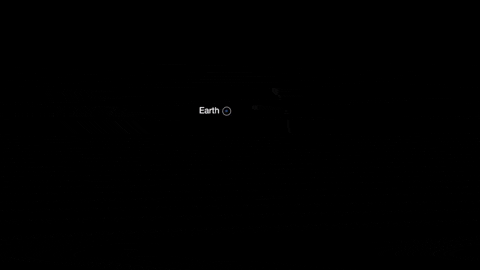
The parade of planets Venus, Jupiter, Saturn and Mars–and the Milky Way continue to grace the evening sky, keeping you and the mosquitoes company while you hunt for meteors.

Watch the full What’s Up for August Video:
youtube
There are so many sights to see in the sky. To stay informed, subscribe to our What’s Up video series on Facebook.
Make sure to follow us on Tumblr for your regular dose of space: http://nasa.tumblr.com
5K notes
·
View notes
Text
What’s Up For August 2018?
The summer Perseids are here!

The Perseid meteor shower is the best of the year! It peaks on a Moonless summer night from 4 p.m. EST on August 12 until 4 a.m. EST on August 13.

Because the new Moon falls near the peak night, the days before and after the peak will also provide nice, dark skies. Your best window of observation is from a few hours after twilight until dawn, on the days surrounding the peak.

Unlike most meteor showers, which have a short peak of high meteor rates, the Perseids have a very broad peak, as Earth takes more than three weeks to plow through the wide trail of cometary dust from comet Swift-Tuttle.

The Perseids appear to radiate from the constellation Perseus, visible in the northern sky soon after sunset this time of year. Observers in mid-northern latitudes will have the best views.

You should be able to see some meteors from July 17 to August 24, with the rates increasing during the weeks before August 12 and decreasing after August 13.

Observers should be able to see between 60 and 70 per hour at the peak. Remember, you don’t have to look directly at the constellation to see them. You can look anywhere you want to-even directly overhead.

Meteor showers like the Perseids are caused by streams of meteoroids hitting Earth’s atmosphere. The particles were once part of their parent comet-or, in some cases, from an asteroid.

The parade of planets Venus, Jupiter, Saturn and Mars–and the Milky Way continue to grace the evening sky, keeping you and the mosquitoes company while you hunt for meteors.

Watch the full What’s Up for August Video:
youtube
There are so many sights to see in the sky. To stay informed, subscribe to our What’s Up video series on Facebook.
Make sure to follow us on Tumblr for your regular dose of space: http://nasa.tumblr.com
5K notes
·
View notes
Text
What’s Up For August 2018?
The summer Perseids are here!

The Perseid meteor shower is the best of the year! It peaks on a Moonless summer night from 4 p.m. EST on August 12 until 4 a.m. EST on August 13.

Because the new Moon falls near the peak night, the days before and after the peak will also provide nice, dark skies. Your best window of observation is from a few hours after twilight until dawn, on the days surrounding the peak.

Unlike most meteor showers, which have a short peak of high meteor rates, the Perseids have a very broad peak, as Earth takes more than three weeks to plow through the wide trail of cometary dust from comet Swift-Tuttle.

The Perseids appear to radiate from the constellation Perseus, visible in the northern sky soon after sunset this time of year. Observers in mid-northern latitudes will have the best views.

You should be able to see some meteors from July 17 to August 24, with the rates increasing during the weeks before August 12 and decreasing after August 13.

Observers should be able to see between 60 and 70 per hour at the peak. Remember, you don’t have to look directly at the constellation to see them. You can look anywhere you want to-even directly overhead.

Meteor showers like the Perseids are caused by streams of meteoroids hitting Earth’s atmosphere. The particles were once part of their parent comet-or, in some cases, from an asteroid.

The parade of planets Venus, Jupiter, Saturn and Mars–and the Milky Way continue to grace the evening sky, keeping you and the mosquitoes company while you hunt for meteors.

Watch the full What’s Up for August Video:
youtube
There are so many sights to see in the sky. To stay informed, subscribe to our What’s Up video series on Facebook.
Make sure to follow us on Tumblr for your regular dose of space: http://nasa.tumblr.com
5K notes
·
View notes
Text
Awaiting this sight😎😎😎
What’s Up For August 2018?
The summer Perseids are here!

The Perseid meteor shower is the best of the year! It peaks on a Moonless summer night from 4 p.m. EST on August 12 until 4 a.m. EST on August 13.

Because the new Moon falls near the peak night, the days before and after the peak will also provide nice, dark skies. Your best window of observation is from a few hours after twilight until dawn, on the days surrounding the peak.

Unlike most meteor showers, which have a short peak of high meteor rates, the Perseids have a very broad peak, as Earth takes more than three weeks to plow through the wide trail of cometary dust from comet Swift-Tuttle.

The Perseids appear to radiate from the constellation Perseus, visible in the northern sky soon after sunset this time of year. Observers in mid-northern latitudes will have the best views.

You should be able to see some meteors from July 17 to August 24, with the rates increasing during the weeks before August 12 and decreasing after August 13.

Observers should be able to see between 60 and 70 per hour at the peak. Remember, you don’t have to look directly at the constellation to see them. You can look anywhere you want to-even directly overhead.

Meteor showers like the Perseids are caused by streams of meteoroids hitting Earth’s atmosphere. The particles were once part of their parent comet-or, in some cases, from an asteroid.

The parade of planets Venus, Jupiter, Saturn and Mars–and the Milky Way continue to grace the evening sky, keeping you and the mosquitoes company while you hunt for meteors.

Watch the full What’s Up for August Video:
youtube
There are so many sights to see in the sky. To stay informed, subscribe to our What’s Up video series on Facebook.
Make sure to follow us on Tumblr for your regular dose of space: http://nasa.tumblr.com
5K notes
·
View notes









